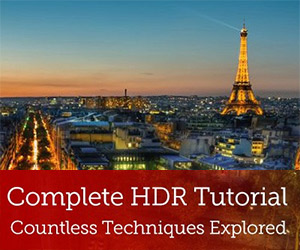The day I took this, it started raining right around the sunset. I thought about going back to my hotel, but as I was leaving the Paris next day, I thought I wait, maybe the rain stops. So i hid under one of the bridges, and spend the next 30 minutes watching a couple playing chess there :) And not that it stopped raining after that, but at least it stopped raining enough for me to take few photos.
I tend to use my 24-70mm lens when it rains. The reasons is very simple, and I think you would see it once you see the lens hood on it. It’s just massive, and it keeps the front of the lens nice and dry.
This is a HDR from 5 exposures, created in Oloneo PHotoengine and finished in Photoshop.










